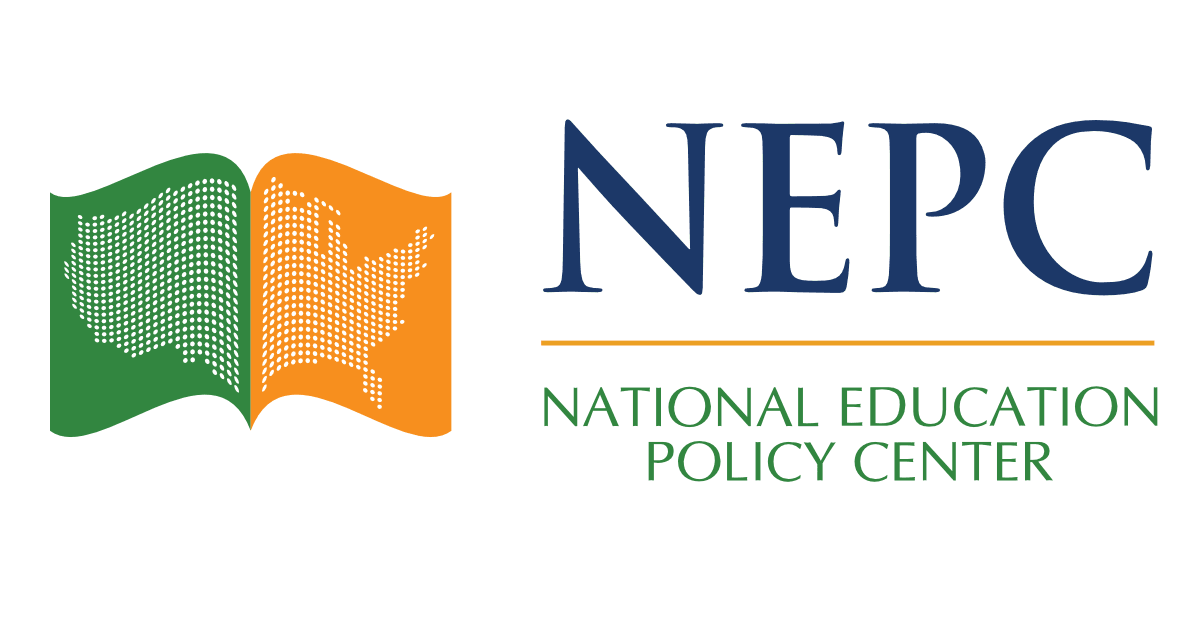Virtual Schools in the U.S. 2017

In the five years since the first NEPC Annual Report on Virtual Education was released in 2013, virtual education continues to be a focal point for policymakers. Proponents argue that virtual education can expand student choices and improve the efficiency of public education. In particular, full-time virtual schools (also sometimes referred to as virtual charter schools, virtual academies, online schools or cyber schools) have attracted a great deal of attention. Many believe that online curriculum can be tailored to individual students more effectively than curriculum in traditional classrooms, giving it the potential to promote greater student achievement than can be realized in traditional brick-and-mortar schools. Further, the promise of lower costs—primarily for instructional personnel and facilities—makes virtual schools financially appealing to both policymakers and for-profit providers. The 2017 NEPC Annual Report contributes to the existing evidence related to virtual education, and so to debates surrounding it. It provides objective analysis of the characteristics and performance of full-time, publicly funded K-12 virtual schools; available research on virtual school practices and policy; and an overview of recent state efforts to craft new policy.

